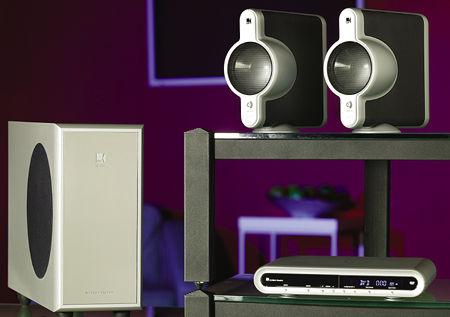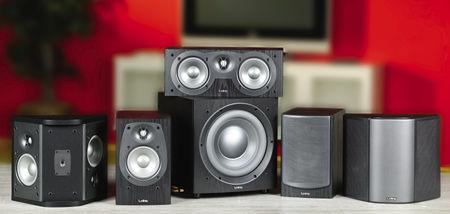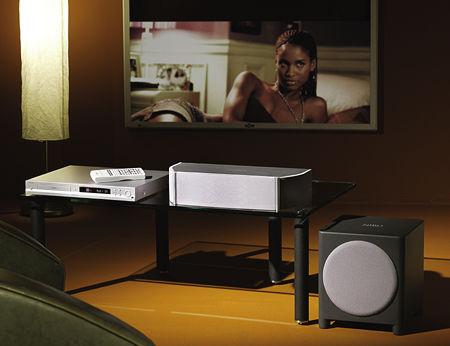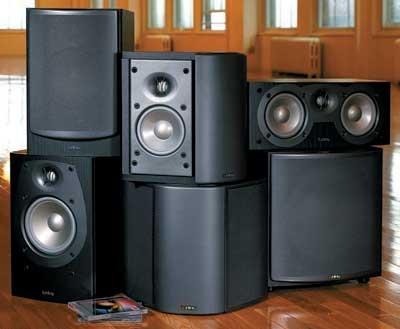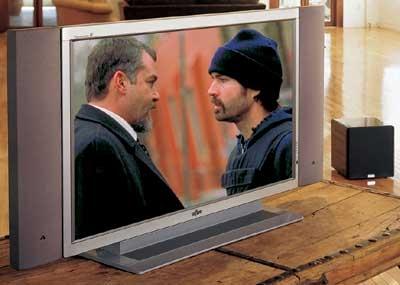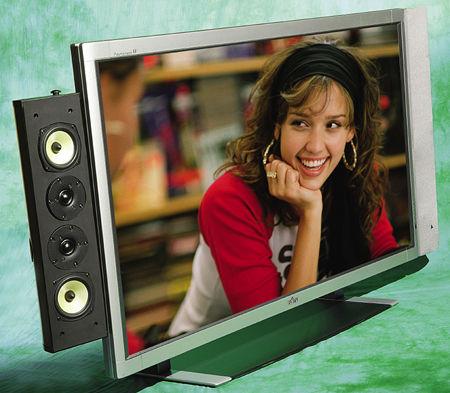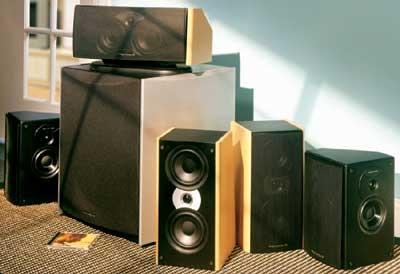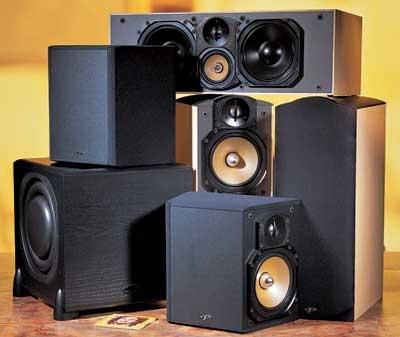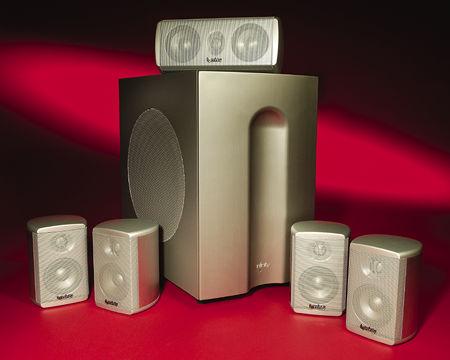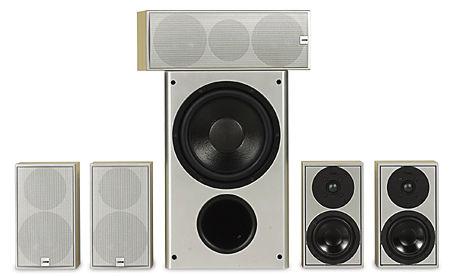Bookshelf Speaker Reviews
Sort By: Post Date TitlePublish Date
|
Nov 07, 2004 |
First Published: Nov 01, 2004
|
Nov 07, 2004 |
First Published: Nov 01, 2004
|
Nov 07, 2004 |
First Published: Nov 01, 2004
|
Aug 19, 2004 |
First Published: Aug 01, 2004
|
Jul 26, 2004
|
May 28, 2004 |
First Published: Jun 01, 2004
|
May 27, 2004
|
Mar 08, 2004
|
Nov 10, 2003 |
First Published: Nov 01, 2003
